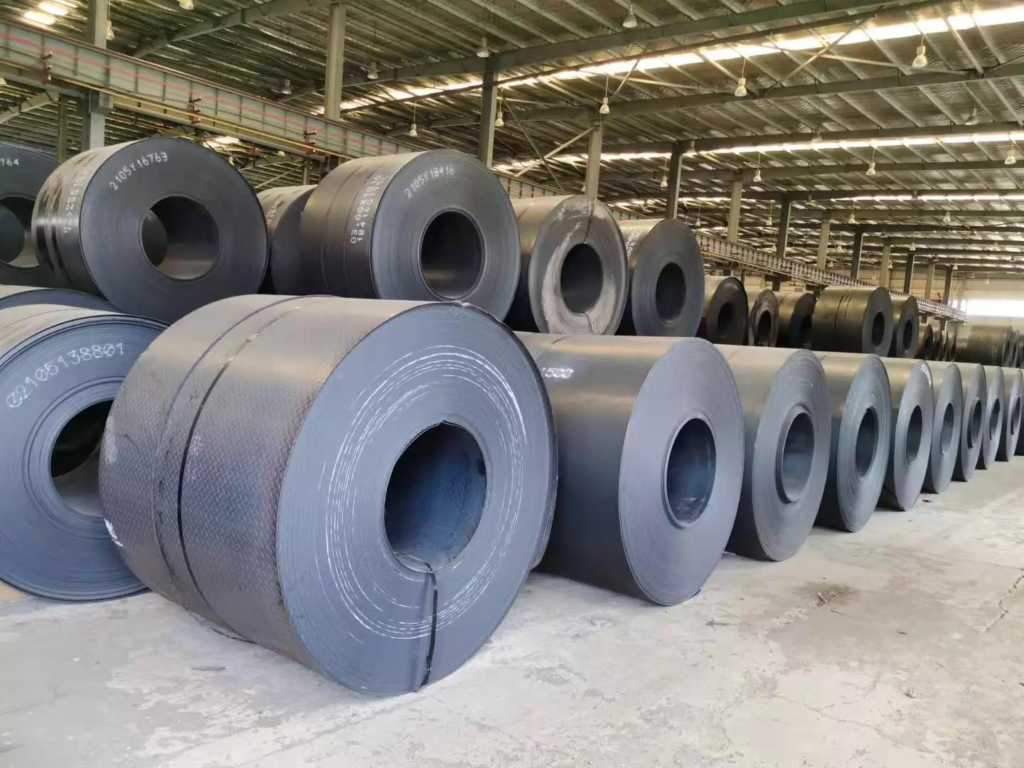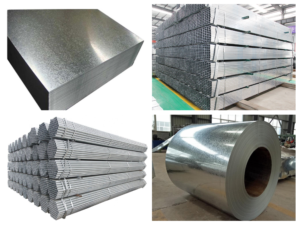We deal with steel almost every day, but are you really clear about the classification of steel?

How did steel come from?
The main raw material for iron smelting is iron ore, the main component of which is Fe2O3, without carbon; The second raw material for iron making is coke. During iron making, part of coke is left in molten iron, resulting in carbon in molten iron.
Iron and steel production is made from iron ore into pig iron, and pig iron is used as raw material to make steel; The process of steel-making is mainly the process of removing carbon, which can not be completely removed. Steel needs a certain amount of carbon to achieve the best performance.
In order to improve the properties of steel, some alloying elements need to be added on the basis of smelting carbon steel.
Pig iron (cast iron) – 2.0-4.5% C
Steel (carbon steel) – 0.05-2.0% C
Wrought iron (pure iron) – C content less than 0.05%
Iron ore → pig iron → steel
Therefore, steel is an alloy composed of iron and C (carbon), Si (silicon), Mn (manganese), P (phosphorus), s (sulfur) and a small amount of other elements.
In addition to Fe (iron), the content of C plays a major role in the mechanical properties of steel, so it is collectively referred to as iron carbon alloy. It is the most important and the most important metal material in engineering technology.
According to the carbon content, it can be divided into:
According to the carbon content, carbon steel is divided into low carbon steel, medium carbon steel and high carbon steel. With the increase of carbon content, the hardness of carbon steel increases and the toughness decreases.
1) Low carbon steel — carbon content ≤ 0.25%.
2) Medium carbon steel — carbon content > 0.25% ≤ 0.60%.
3) High carbon steel — carbon content > 0.60%
According to the total content of alloy elements:
In order to improve the properties of steel, on the basis of smelting carbon steel, some alloy elements are added to make alloy steel, such as chromium steel, manganese steel, chromium manganese steel, chromium nickel steel, etc. Alloy steel, also known as special steel, has some special properties, such as high hardness, high wear resistance, high toughness, corrosion resistance and so on. Alloying elements often added to steel include Si, W, Mn, Cr, Ni, Mo, V, Ti, etc.
According to the total content of alloy elements, it can be divided into:
1) Low alloy steel — total content of alloy elements ≤ 5%.
2) Medium alloy steel — the total content of alloy elements is 5% ~ 10%.
3) High alloy steel — total content of alloy elements > 10%.
Alloy steel is classified by use:
1) Alloy structural steel: used as engineering components (pipes and supports, etc.); Various mechanical parts (shafts, gears, springs, impellers, etc.).
2) Alloy tool steel: used as measuring tools, molds, tools, etc.
3) Special performance steel: such as stainless steel, heat-resistant steel, etc., with special physical or chemical properties.




